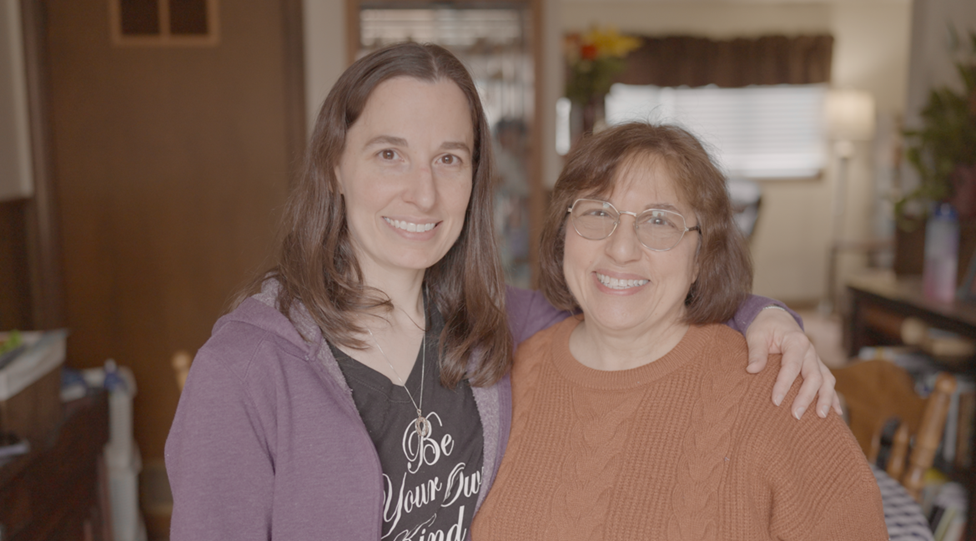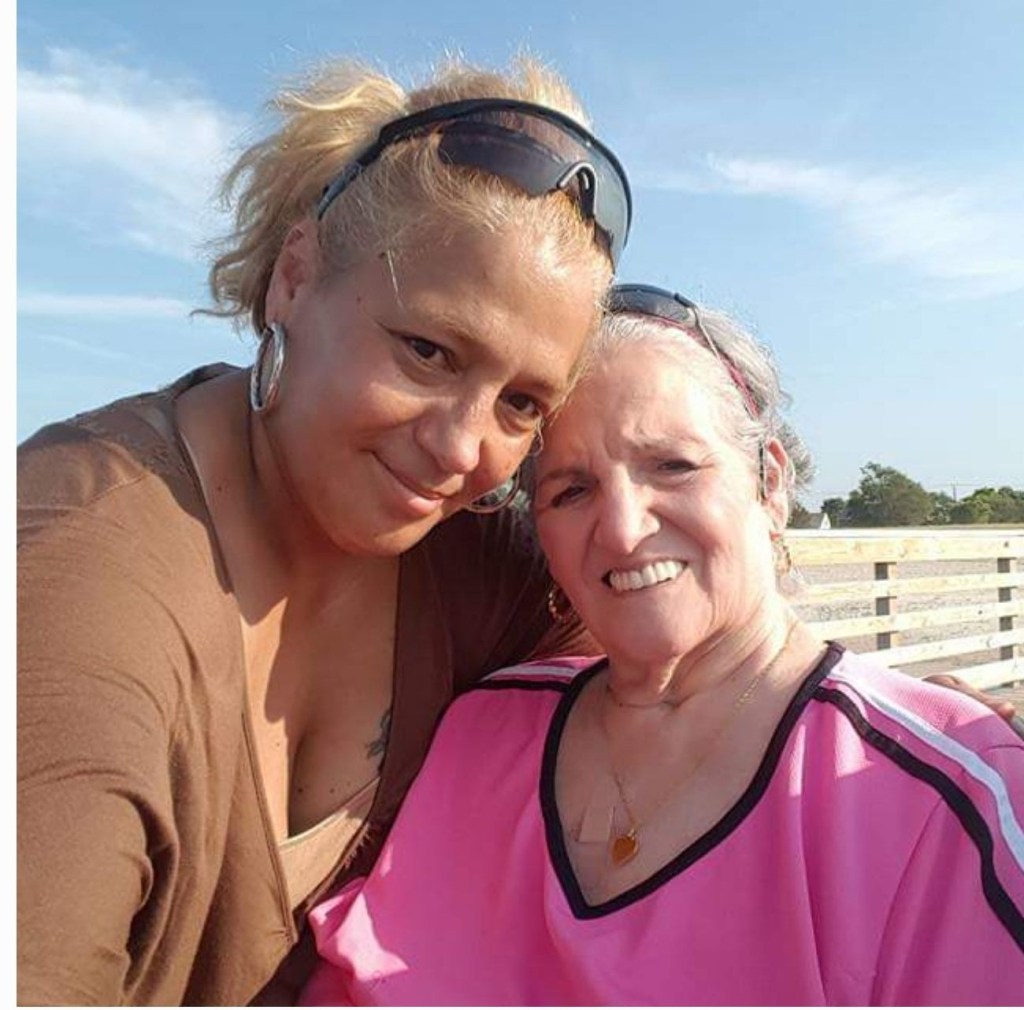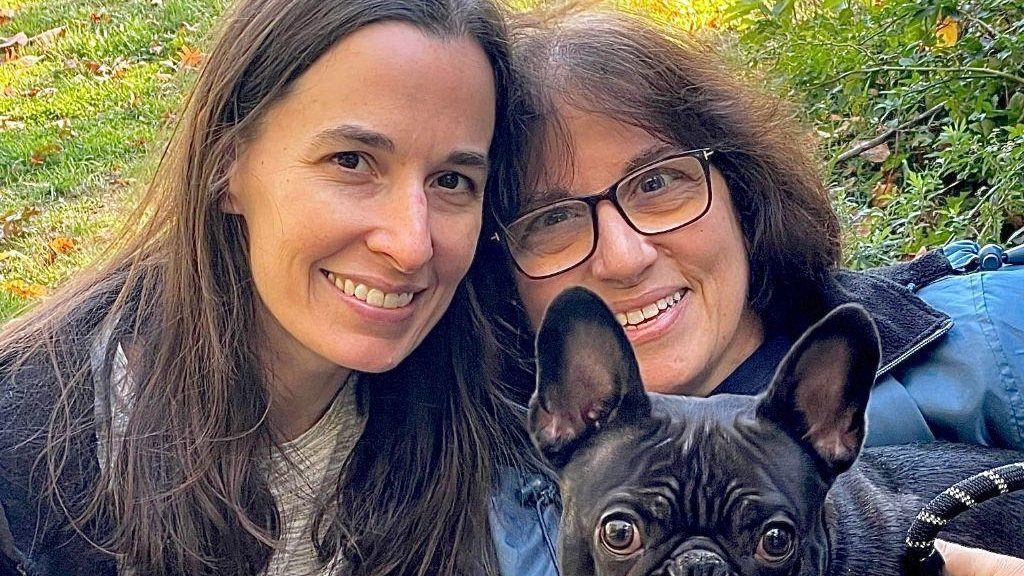
Family Caregiver Journey Spotlight: Janice & Nikki’s Story
The following shares the story of Jan and Nikki and their Caregiver Journey. The Careforth team thanks Jan and Nikki for their openness to sharing their experience so that others who identify with them may take similar steps to build support and connections in their own journey.
From an early age, Janice (‘Jan’) just knew there was something wrong with her daughter, Nikki. Starting at the age of 8, Nicole (‘Nikki’) spent much of her life struggling with multiple misdiagnoses, debilitating head and body aches, and numerous unsuccessful surgeries. After living with the chronic pain and crippling symptoms for years, Nikki was finally diagnosed with hydrocephalus and Chiari malformation type I.
With Nikki’s malformation and the buildup of excess spinal fluid in her brain, she spent years undergoing surgeries, shunt revisions, and suffered a complicated infection, making it difficult to ever heal fully. With a degree in nursing, Jan always took an active role in supporting Nikki and helping her fight for the right diagnosis and correct course of treatment. Unexpectedly, when Nikki turned 18, Jan was informed that if she were to continue providing care for her daughter, she now would be considered her daughter’s caregiver.
Navigating the Role of Family Caregiver
Despite fully accepting these responsibilities, Jan initially didn’t call herself Nikki’s caregiver, as she viewed it simply as a mother’s duty to help her daughter find the answers and assistance she needed. “I considered myself tired, frustrated, and angry, but I didn’t consider myself a caregiver. We took things day-by-day, or even hour-by-hour – Nikki needed me, and she was still willing to fight,” said Jan. It wasn’t until Jan started seeking external support and resources that she started referring to herself as a caregiver.
After being denied treatment by her insurance, misdiagnosed by multiple doctors, and having several improperly draining shunts and failed surgeries, Nikki was failing to thrive and losing her ability to breathe or swallow. At this point in their caregiver journey, Jan remembers feeling lost and frustrated for her daughter. “Watching someone you love being not only overlooked, but oftentimes treated cruelly by people who should’ve been there for her, made me feel helpless,” said Jan.
Finally, after years of battling and advocating, Jan and Nikki found the right doctors and Nikki received an InvisiShunt which was the ideal treatment for her situation. This allowed for her to heal, and Nikki’s condition stabilized. She no longer struggled to thrive and was able to rebuild her health. Now, Jan still provides care for her daughter and helps her live with the lasting symptoms of her diagnosis, but fortunately, Nikki is a survivor of hydrocephalus.

Finding Caregiver Support and Connection Along the Way
Throughout their caregiving journey, Jan and Nikki sought out external help and built a community of support by sharing their story and reaching out to journalists and local media, two senators, her state representative, and using social media to share Nikki’s experiences. And, through a family friend, Jan got connected with Careforth, which offered support for both Nikki and Jan. As Jan describes her experience, “I’m still doing the same things I’ve been doing to help Nikki, but now I do it with support, understanding, and financial assistance.”
“Admittedly, there are some things neither of us can mastermind or figure out on our own. With Careforth, there is somebody always there, just a call away. That means a lot,” says Jan. “Even if it’s something you’re used to doing every day on your own, if something goes wrong, your care team is always there to lean on, they’re going to believe you, listen, and try to help.”
And, through supporting and improving Janice’s caregiver journey, Careforth was also able to better Nikki’s experience. In Nikki’s words, “The best thing about Careforth is that I started to watch my mom be able to breathe.”
Careforth Supports Family Caregivers
At Careforth, we strive to provide you with the resources and connections that ensure you feel supported at every turn in your caregiving journey. Visit the How We Help page on our site to learn more about how Careforth supports caregivers.


